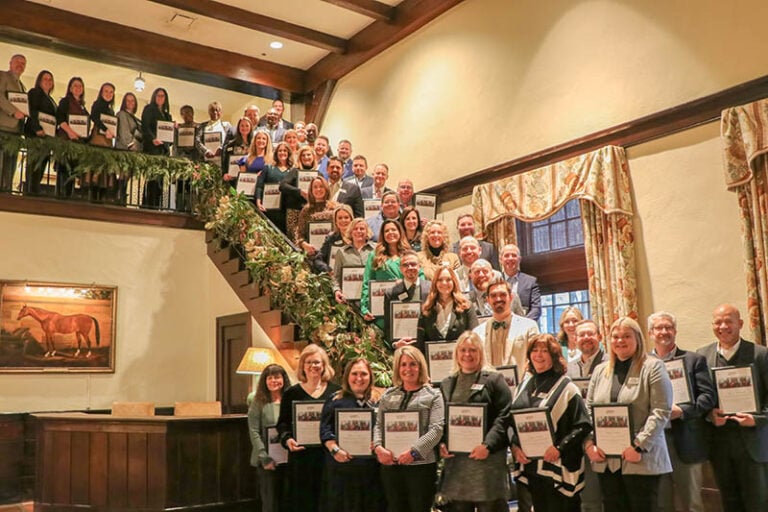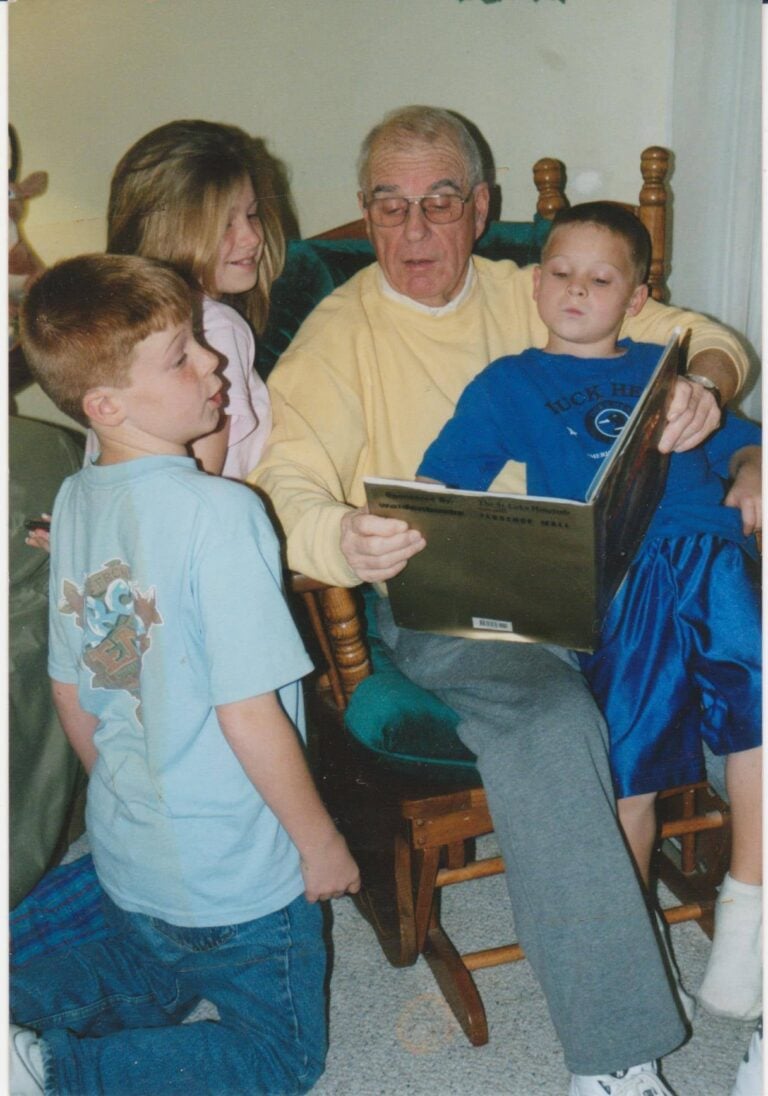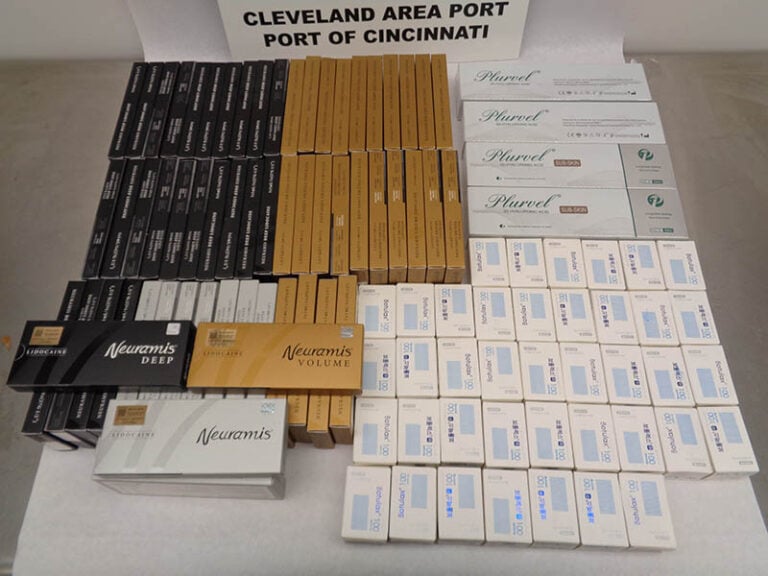It’s spring fieldwork and planting time in Kentucky, and the Kentucky Soybean Board is reminding those who are driving farm equipment and passenger vehicles alike of the need to share the road.
“Getting back in the field every spring is one of the best things about farming,” said Kentucky Soybean Board Chairman Barry Alexander, who farms in Trigg County. “But at the same time, it can be dangerous – both in the field and when we have to move equipment on the road.”

In many states, and in some parts of Kentucky, farmers are lucky enough to have hundreds of acres in a single, supersized field. More often, farmers find themselves moving sprayers and planters, tractors and other equipment from one field to the next to get their fields prepared and seed in the ground.
Anytime farmers put equipment on the road, they’re extra-cautious, but they’re also nervous. “So many things could easily go wrong. Farm equipment is big, it moves slowly, and it makes wide turns,” Alexander noted.
Safety tips during planting season include:
Plan ahead. If you know the route to your destination includes farm territory, leave a little early so you have extra time and don’t feel so hurried.
Slow down. Farm vehicles move slowly. They may be just coming out of one field and already preparing to turn into another. Maintain a 50-foot “cushion” between your vehicle and the equipment.
Yield. Give farm equipment the right-of-way when meeting it on the road. Tractors and sprayers do well in wide-open fields but weren’t designed to navigate narrow roads found in rural Kentucky.
Pass Carefully. Rural roads are often narrow, curvy and hilly. Be sure you can see a reasonable distance ahead before you consider passing slow-moving equipment and keep an eye on the driver of that equipment.
Take a second look. Before pulling into an intersection or making a move to pass, be sure your path is clear in all directions.
Keep in mind: Farm equipment has just as much right to use public roadways as other motor vehicles. Extra-wide farm machinery may have to take up more than one lane – it can’t be helped, and the operator is dodging mailboxes and road signs.
Be patient. Zipping around slow-moving equipment is dangerous, and trying to shave a few minutes off your arrival time isn’t worth risking your life or the lives of others.





















